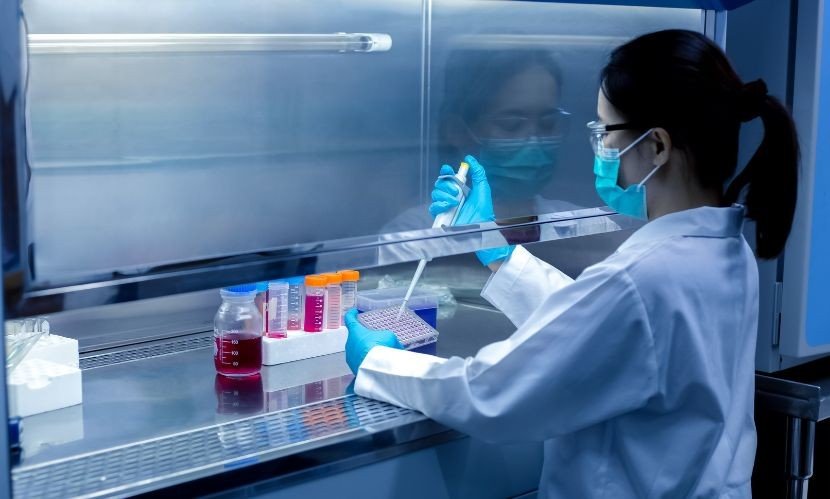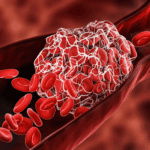Introduction
The Clostridium diagnostics market is rapidly gaining attention as the global healthcare industry seeks more efficient ways to diagnose and manage infections caused by Clostridium bacteria. Clostridium is a genus of anaerobic, spore-forming bacteria known for causing severe infections, including botulism, tetanus, and Clostridium difficile infections, often contracted in hospitals or care facilities. As these infections can lead to severe gastrointestinal issues and other life-threatening complications, the demand for rapid and accurate diagnostics is surging.
The importance of early detection cannot be overstated, particularly when dealing with healthcare-associated infections like C. difficile, which pose significant challenges for hospitals. This growing demand for better diagnostic methods is pushing the market forward, driven by technological advancements and increased awareness about infection control.
Market Drivers
Several factors are contributing to the growth of the global Clostridium diagnostics market. The most prominent driver is the rising incidence of Clostridium-related infections, particularly in healthcare settings. Hospital-acquired infections (HAIs) have been a growing concern worldwide, leading to increased efforts in prevention, detection, and management. Infections like C. difficile have become a major cause of morbidity, especially in vulnerable populations, including the elderly and immunocompromised.
Moreover, advances in diagnostic technology are playing a crucial role in market growth. Traditional diagnostic methods are gradually being replaced by molecular diagnostics and next-generation sequencing (NGS) technologies, which offer faster and more accurate results. These technological improvements have allowed healthcare providers to diagnose Clostridium infections more effectively, reducing the spread of the infection and improving patient outcomes.
Additionally, growing awareness among healthcare professionals about the need for proper infection control practices and the role diagnostics play in infection management has bolstered market demand. With regulatory bodies and public health organizations emphasizing the importance of early detection, diagnostic companies are increasingly focusing on developing innovative solutions to meet this need.
Key Growth Insights
The global Clostridium diagnostics market is poised for significant growth in the coming years. According to recent projections, the market is expected to expand at a steady compound annual growth rate (CAGR) from 2023 to 2031, driven by increasing investments in healthcare infrastructure and rising healthcare expenditures worldwide. The growing number of cases of Clostridium infections, particularly in developed regions like North America and Europe, is also expected to contribute to market growth.
In addition to healthcare facilities, diagnostic laboratories are playing a vital role in market expansion. These labs are adopting advanced diagnostic tools, such as PCR-based assays and immunoassays, to detect Clostridium infections with greater accuracy and speed. As more healthcare providers recognize the value of timely and accurate diagnostics, the market for Clostridium diagnostic tools is expected to continue expanding.
Conclusion
In summary, the global Clostridium diagnostics market is set to grow substantially in the coming years, driven by rising infection rates, technological advancements, and increased awareness of infection control measures. As healthcare providers and facilities seek to improve diagnostic accuracy and reduce the spread of Clostridium infections, the demand for advanced diagnostic tools will only increase, paving the way for further innovation in this critical area.



